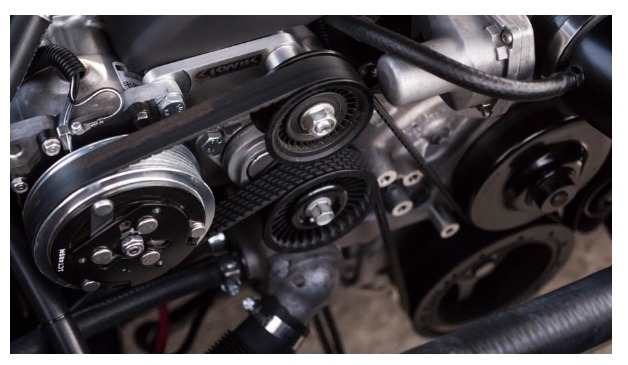You might ask, “What is a servo motor? Is this newly-developed technology?” For starters, a servo motor is an electrical rotary or linear actuator that can perform precise control at certain angular or linear positions.
If that definition was too technical, then here’s a simpler explanation. A servo motor is simply an electrical motor that works best for precise control in pushing and rotating objects.
This kind of motor works under the principle of servomechanism, which will be discussed in further detail in the next paragraphs. As an overview, the servo motor is not a special type of motor because it can be found in toy cars, toy helicopters, and even toy robots.
It can also be used industrially for machines and robots used in manufacturing plants. Many people prefer the use of servo motors because they are lightweight and can produce high torque when necessary.
Servo motor basics
A servo motor works under the servomechanism principle. If someone asks you, “what is a servo motor?”, you can begin to explain it by telling them that it works according to the servomechanism principle.
The servomechanism principle has three elements: the controlled device, an output sensor, and a feedback system. In contrast to a closed-loop system, the servomechanism is an “automated” closed-loop control system.
In a closed-loop system control system, inputs are variables. For each input, there is an expected output. Common appliances like the refrigerator are examples of modern-day applications of the closed-loop control system.
Under the servomechanism principle, the input is not variable. Instead, the inputs become a feedback signal. To illustrate the concept properly, the idea of the servo system uses input signals (also called command signals) to produce something.
The output sensor then produces an output reference signal and then compares it with the input signals. The feedback system makes the comparison and releases the third signal. This third signal then acts as the new input signal.
In essence, the servo motor corrects itself based on the deviations of the input signal and the desired output. This process happens until the system can no longer find differences between the input signal and the desired output.
Thus, the servomechanism autocorrects itself to create the desired output without constant disruptions.
Digital servo drives
In terms of popularity in the market, digital servo drives are the most recommended and most used servo drives. A digital servo drive has a microprocessor that performs the computations and algorithms in the desired output and input signals.
Using this kind of servo drive is advantageous because it has a higher level of functionality when compared to analog servo drives.
Analog servo drives
Unlike digital servo drives, analog servo drives are inexpensive and easy to set up. However, analog drives don’t perform computations like their digital counterparts. The comparisons of desired output and input are performed using a potentiometer.
Though it sounds outdated, an analog servo drive is best used for more precise controls because large error signals will result in a more accurate control.
What is the function of a servo motor?
The main function of a servo motor is to autocorrect itself by comparing the desired output and the input until the input matches the desired output. In application, the power is applied to the DC motor as long as the shaft matches the desired position.
The highlight of a servo motor is its tuning ability to create a more efficient system.
What is a servo motor used for?
If you ask a production supervisor “what is a servo motor?”, they’ll tell you that it’s a mechanical miracle. Factories use machines that apply the servomechanism to produce more efficiently and effectively. Robotic process automation in factories utilizes servo motors as well.
Airplane manufacturers producing radio-controlled planes also use servo motors to improve the positioning of the aircraft. Elevators also use this kind of motor.
If you ever use DVD players, servo motors are also used in the player’s system to improve the replays of the disc system. Vehicles also have servo motors which are mainly for maintaining the speed of the vehicles.
What are the advantages and disadvantages of using a servo motor?
Advantages
A. It has a self-tuning mechanism
B. It produces high energy output for its small size
C. It has no out-of-step condition, which accommodates heavier loads
D. It can operate at high speeds
Disadvantages
1. It requires frequent tuning to stabilize the feedback loop.
2. It is complex
3. It can heat up
4. It is damage-prone with heavier loads

